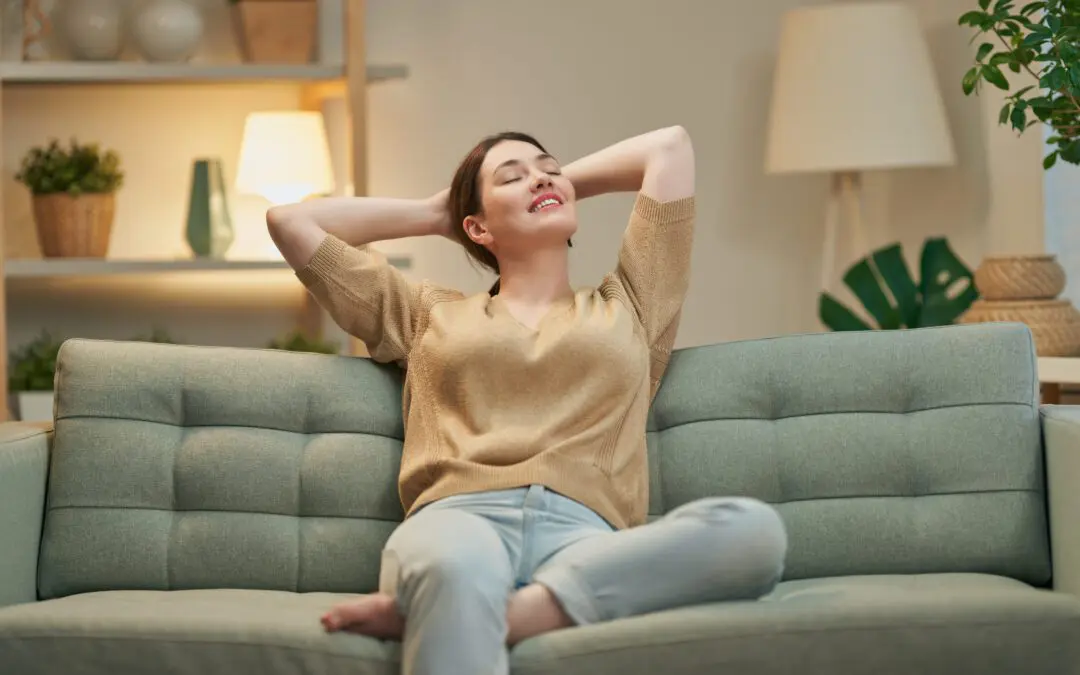From the no-frills versions to commercial-grade models, all kitchen stoves have essentially the same parts. And there will likely come a time when you need to identify stove parts, whether it’s for a minor repair or you’ve purchased a new range. Before you jump into baking treats or cooking a meal, learn these basic stove parts of your range. Here’s how to get to know your main cooking appliance, inside and out.
:strip_icc():format(webp)/white-kitchen-stove-range-243aed3f-2a895c42600e4d9ea5bb80e2591c14f8.jpg)
What is the Difference Between a Kitchen Range, Stove, Oven, and Cooktop?
Many kitchen stove parts are used interchangeably in reference to the same appliance, so knowing the difference can be confusing. Kitchen ranges, often used interchangeably with stove, generally combine both burners (a cooktop or stovetop) and an oven in one appliance. Cooktops break out the burners, or cooking surface, into its own appliance. An oven is simply the inner chamber in which food is heated. An oven can be its own appliance paired with a separate cooktop or combined with a cooktop into one appliance, known as a range.
Accessories
Some cooktops come with interchangeable accessories for the original four burners. Some examples of stove accessories include grills, griddles, and woks. These can slide over two of the main burners or sit between all four burners in the center of your stovetop.
Additional Burners
Many stoves utilize the space between the original four burners for a variety of uses. Some have an additional burner or a long burner to accommodate a grate, griddle, or other stovetop accessories.
British Thermal Units (BTUs)
The heat output of a kitchen stove is measured in British thermal units (BTUs) or watts (1 watt equals 4 BTUs). The average cooktop produces a maximum of 6,000-10,000 BTUs. Gas stoves have an output from 500-15,000 BTUs.
:strip_icc():format(webp)/kitchen-white-stove-patterned-rug-691e6dc1-0b9ef7d3846140949ed751413d62e51a.jpg)
Burners
Burners are the stove parts that provide heat to your cookware. The most basic stoves have four burners. Burner size differs depending on the model. Bigger stove burners distribute heat to larger pots more quickly. Most cooktops, whether induction stoves, electric stoves, or gas stoves, feature a mix of high and low heat output. Some cooktops have an accessory that allows you to combine burners next to each other for a larger cooking surface.
Burner Covers
Burners appear differently based on both the fuel source and stove type. Gas burners come in sealed or open setups. Open burners reach maximum heat quickly, but sealed burners keep pans closer to the flame and are easier to clean. Electric burners are sealed under a ceramic-glass cooktop surface; they are capped with a metal disk, like the cap on a mushroom. The disk prevents spills from dribbling into the tiny holes from which the gas and flame emerge and provides a more even distribution of heat than the old-fashioned, direct-flame burner did. The heat is spread across the bottom of the pan, not just concentrated in the middle, where it may result in scorching.
Controls
Kitchen stoves typically have a control panel that allows you to turn various functions off and on, as well as adjust the temperature for ovens and warming drawers. These are typically push-button to enable precision in settings.
Door or Drawer
Each oven or warming drawer in your kitchen stove will have a door or drawer mechanism to open and close it. These should fit securely and evenly.
Drip Pan
Drip pans are used in conjunction with sealed burners to catch any dribbles or overflows. They sit below the burner and can be removed for cleaning or replacement.
Grates
Grates are stove parts that sit above burners. A cooktop’s grates distribute and dissipate heat evenly below the pan. In the case of a gas oven, grates are made of cast iron. For electric or smooth surface gas cooking surfaces, such as induction stovetops, grates are ceramic-glass. Cast iron grates may be continuous, which allows pots and pans to be easily shifted from burner to burner. These also dissipate heat more slowly.
:strip_icc():format(webp)/kitchen-stove-gray-cabinets-f4b1d859-f2634e6b2175405aa6bf27912e30fa34.jpg)
Induction cooktop
Growing in popularity, induction cooktops use electricity to heat the cookware (rather than the burner) by vibrating the pan’s molecules. This means the stove surface remains cool to touch while cooking. Induction cooktops feature flat, glass surfaces and cook faster than gas stoves. Keep in mind that induction stoves require specialty cookware.
Knobs
Knobs are exterior stove parts that control the burners and sometimes the oven. Stove knobs are typically located on the face of the appliance or on its top.
Oven
An oven is an enclosed chamber used for cooking food. Most often, an oven can be found within a range, but there are also wall ovens available without an attached cooktop. Most ovens within kitchen ranges are standard size. Ovens may be smaller in ranges that include more than one oven or an additional warming drawer. Oversize kitchen stoves often include a variety of oven sizes.
Oven Racks
Kitchen stoves include several adjustable oven racks. These can be removed for cleaning or for moving based on the temperature/cooking needs of your food.

:max_bytes(150000):strip_icc():format(webp)/Caitlin-Sole-headshot-1-2000-70b715e608e44cec8a7471b408d24243.jpg)


0 Comments